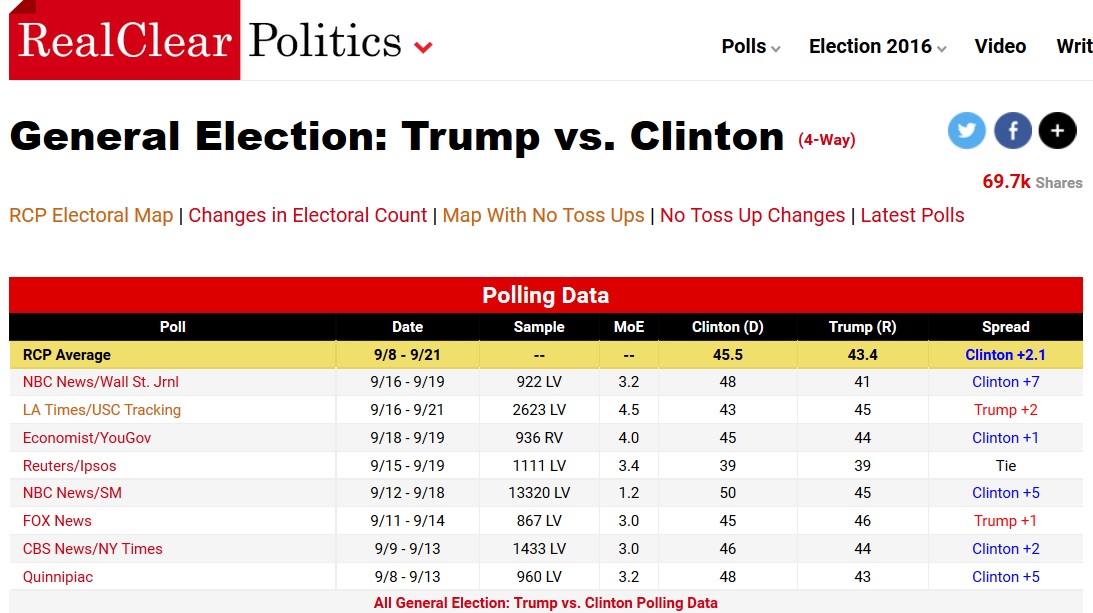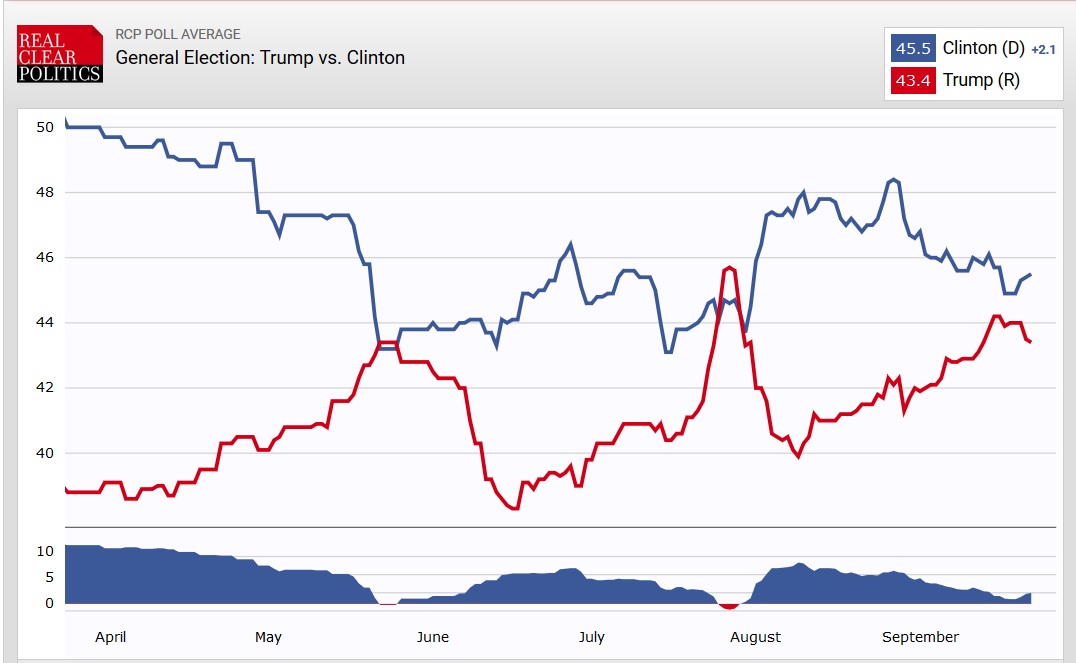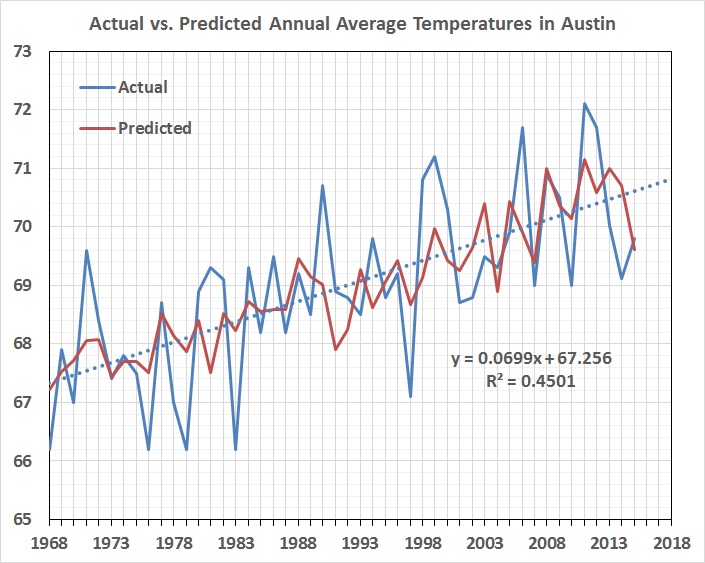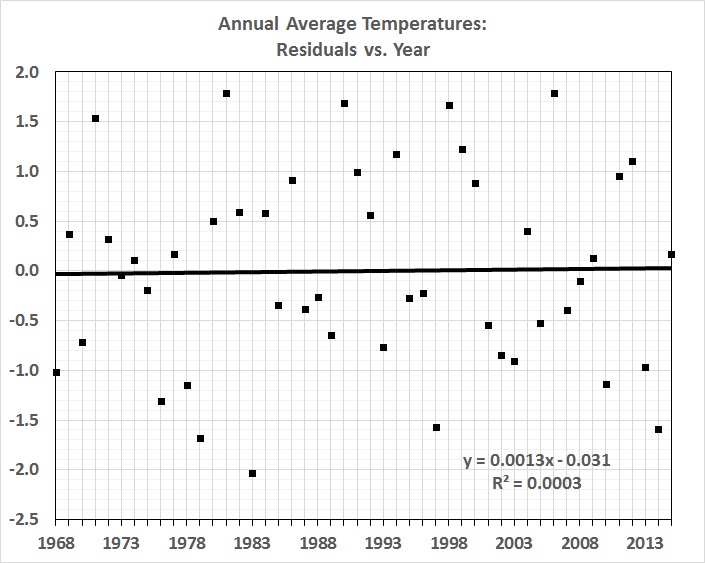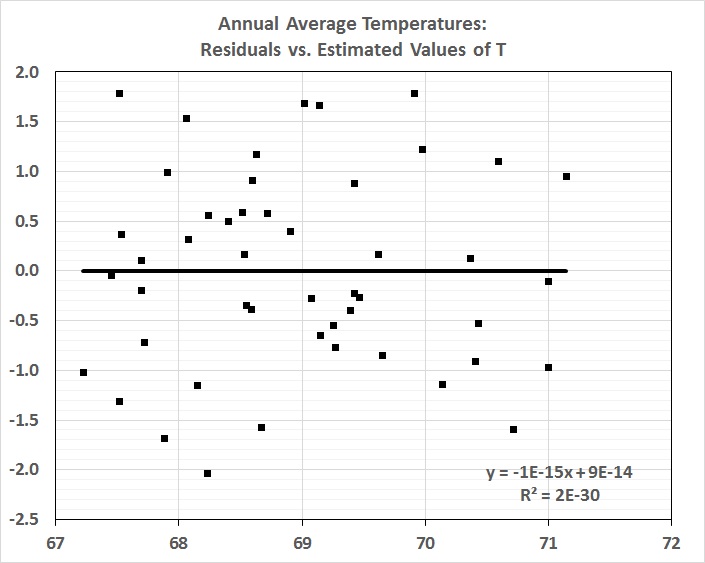Lawrence W. Reed, president of the Foundation for Economic Education, uses FEE’s website to argue that “Liberty Still Has a Fighting Chance“:
So here we are now, decades into the very egalitarian welfare state Tocqueville warned would be the death of American exceptionalism. It threatens to make us like all the other forgettable welfare states that languish in history’s dustbins, Greece included. Should we just assume it’s inevitable and go along for the ride? Or should we muster the character that built a nation and that Tocqueville identified as quintessentially American?
If you’re pessimistic, then you’re no longer part of the solution. You’ve become part of the problem. What chance does liberty have if its supposed friends desert it in its hour of need or speak ill of its prospects?
Ask yourselves, What good purpose could a defeatist attitude possibly promote? Will it make me work harder for the causes I know are right? Is there anything about liberty that an election or events in Congress disprove? If I exude a pessimistic demeanor, will it help attract newcomers to the ideas I believe in? Is this the first time in history that believers in liberty have lost some battles? If we simply throw in the towel, will that enhance the prospects for future victories? Do we turn back just because the hill we have to climb got a little steeper?
This is not the time to abandon time-honored principles. I can’t speak for you, but someday, I want to go to my reward and be able to look back and say, “I never gave up. I never became part of the problem I tried to solve. I never gave the other side the luxury of winning anything without a rigorous, intellectual contest. I never missed an opportunity to do my best for what I believed in, and it never mattered what the odds or the obstacles were. I did my part.”
Remember that we stand on the shoulders of many people who came before us and who persevered through far darker times. The American patriots who shed their blood and suffered through unspeakable hardships as they took on the world’s most powerful nation in 1776 are certainly among them. But I am also thinking of the brave men and women behind the Iron Curtain who resisted the greatest tyranny of the modern age and won. I think of those like Hayek and Mises who kept the flame of liberty flickering in the 1940s. I think of the heroes like William Wilberforce and Thomas Clarkson who fought to end slavery and literally changed the conscience and character of Britain in the face of the most daunting of disadvantages. And I think of the Scots who, 456 years before the Declaration of Independence, put their lives on the line to repel English invaders with these thrilling words: “It is not for honor or glory or wealth that we fight, but for freedom alone, which no good man gives up except with his life.”
As I think about what some of those great men and women faced, the obstacles before us today seem rather puny.
This is a moment when our true character, the stuff we’re really made of, will show itself. If we retreat, that would tell me we were never really worthy of the battle in the first place. But if we resolve to let these challenging times build our character and rally our dispirited friends to new levels of dedication, we will look back on this occasion someday with pride at how we handled it. Have you called a friend yet today to explain to him or her why liberty should be a top priority?
Nobody ever promised that liberty would be easy to attain or simple to keep. The world has always been full of greedy thieves and thugs, narcissistic power seekers, snake-oil charlatans, unprincipled ne’er-do-wells, and arrogant busybodies. No true friend of liberty should just roll over and play dead for any of them.
Take an inventory every day of what you’re doing for liberty. Get more involved in the fight. There are plenty of things you can do. If your state isn’t a right-to-work state, work to make it so. Support people and organizations like the Foundation for Economic Education that are teaching young people about the importance of liberty and character. Get behind the Compact for America and its plan for a balanced federal budget and an end to reckless spending and debt. Work for school choice in your state to help break the government monopoly on education. And be the very best example for liberty and character that you can possibly be in everything you do.
Whatever you do, don’t give up no matter what. Remember these words of the great US Supreme Court justice George Sutherland: “The saddest epitaph which can be carved in memory of a vanished liberty is that it was lost because its possessors failed to stretch forth a saving hand while yet there was time.”
Can Tocqueville’s American exceptionalism be restored? Can it last? You bet it can. The American Dream still lives, in the hearts of those who love liberty and refuse to meekly surrender it. So let’s wipe the frowns off our faces and get to work. Our future, our children’s future — liberty’s future — all depend on us.
This is nothing more than a platitudinous pep talk, delivered to a team that’s trailing by 12 touchdowns at half-time. Reed offers no actionable advice that will truly make a difference. Joining and supporting fringe groups won’t dim the promise of big government, which is to deliver seemingly free benefits to a broad, interlocking coalition of well-financed, media-backed, vote-rich interest groups. Reed is whistling in the dark.
I’m not being a defeatist. I’m being a realist. Liberty can be restored only when liberty-lovers get realistic about what it will take to restore it — and then act accordingly. What will it take? See “Independence Day 2016: The Way Ahead.”
What about the kinds of resistance counseled by Reed? Well, they might slow or even temporarily halt America’s descent into grim, impoverished, regimented statism. But they won’t prevent it. Only drastic action will do that.
Related, realistic posts about the state of America:
The Interest-Group Paradox
Rethinking the Constitution: “Freedom of Speech, and of the Press”
Well-Founded Pessimism
America: Past, Present, and Future
The Barbarians Within and the State of the Union
“We the People” and Big Government
The Culture War
The Fall and Rise of American Empire
O Tempora O Mores!
Democracy, Human Nature, and the Future of America
1963: The Year Zero
Society
How Democracy Works
“Cheerful” Thoughts
How Government Subverts Social Norms
Turning Points
The Twilight’s Last Gleaming?

